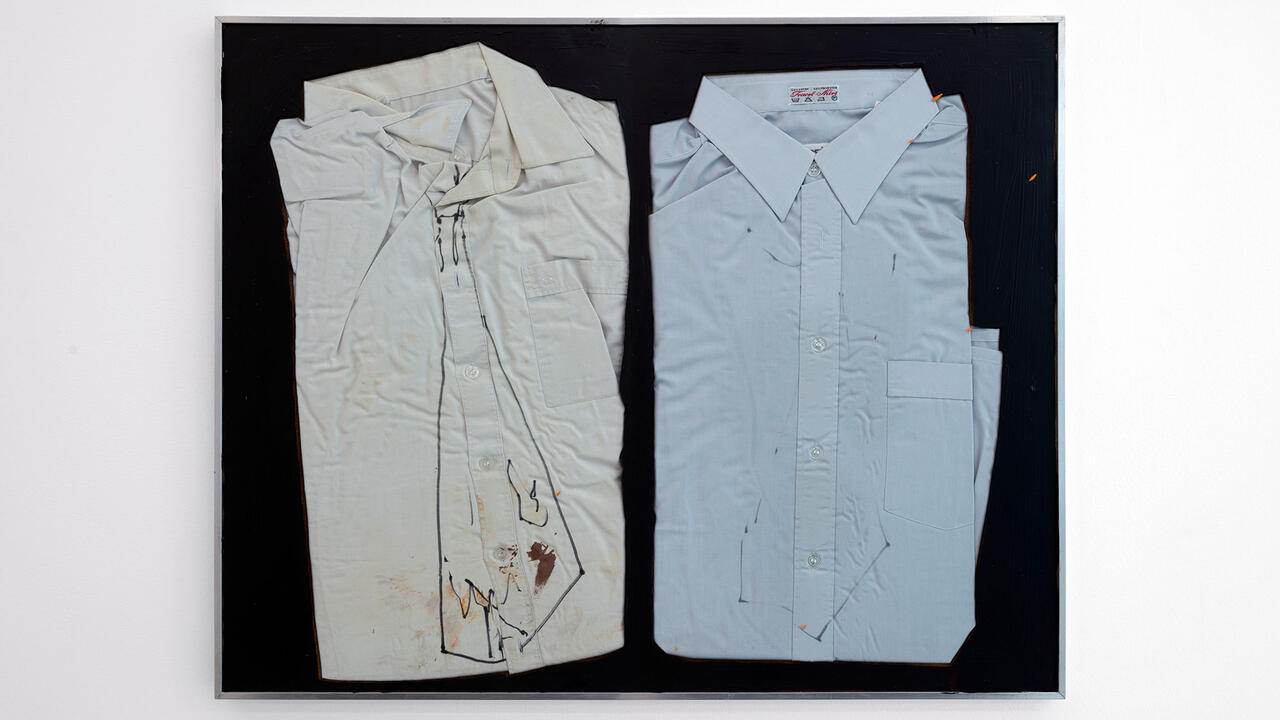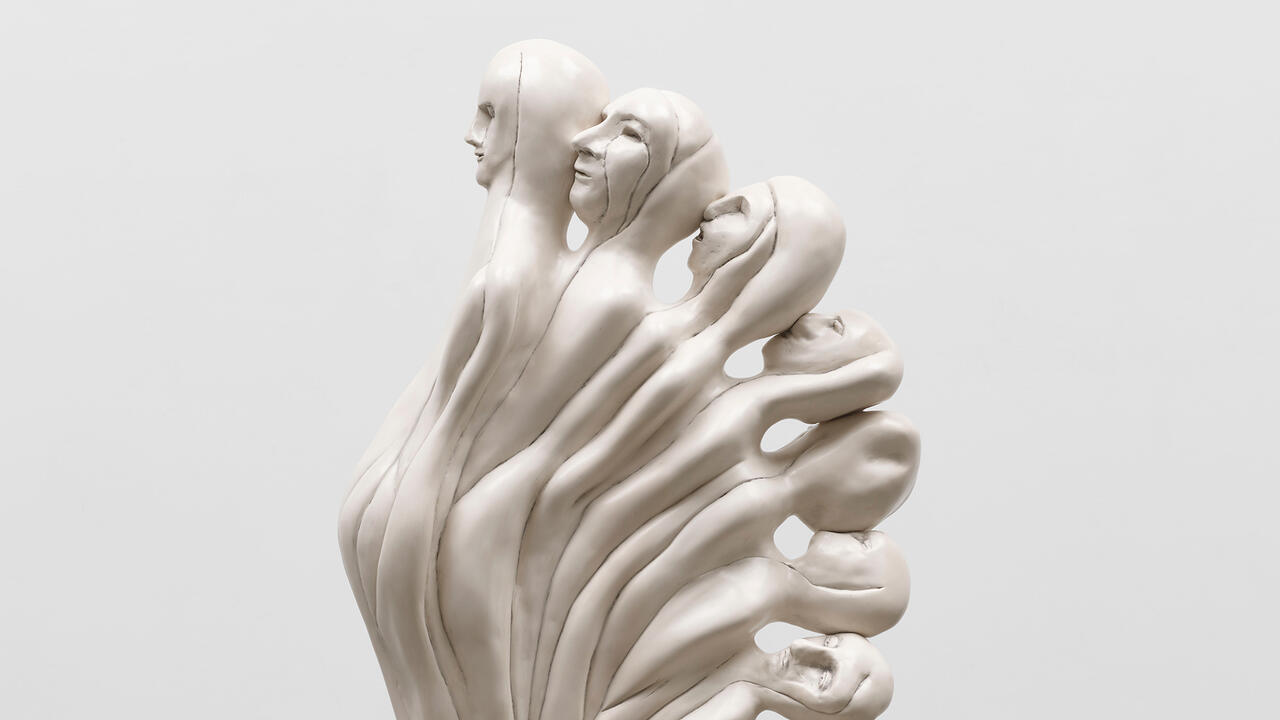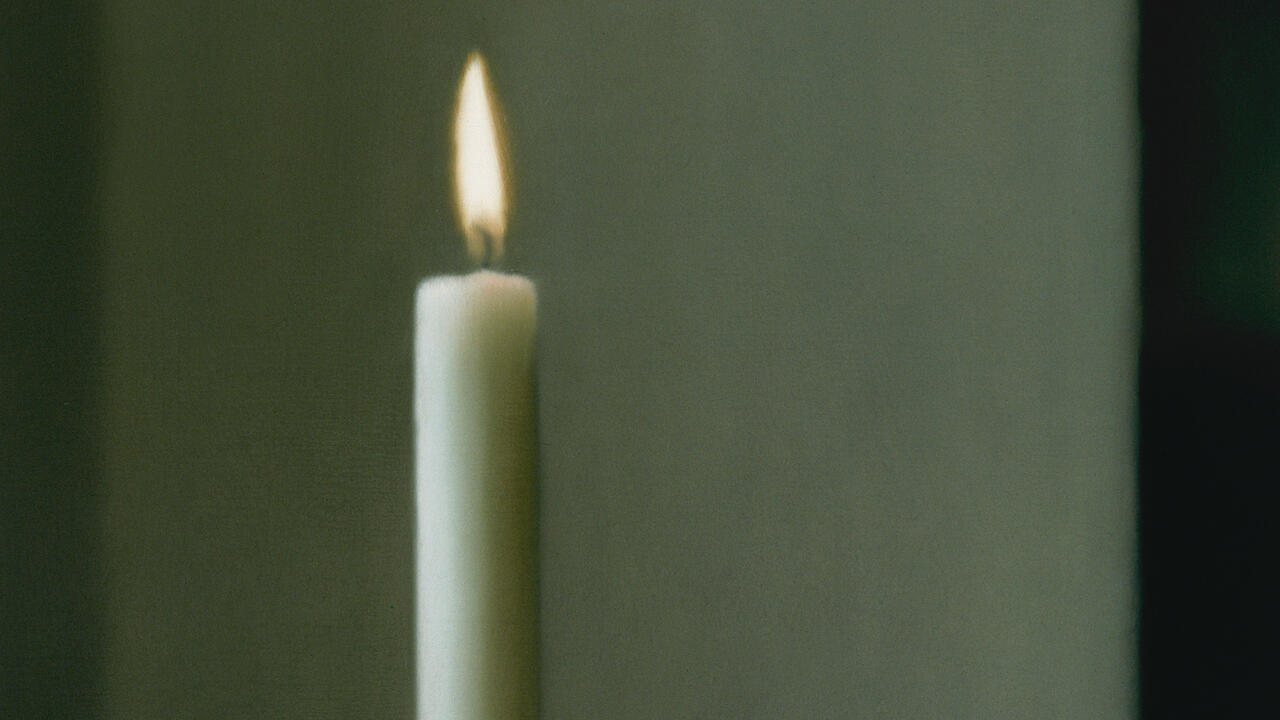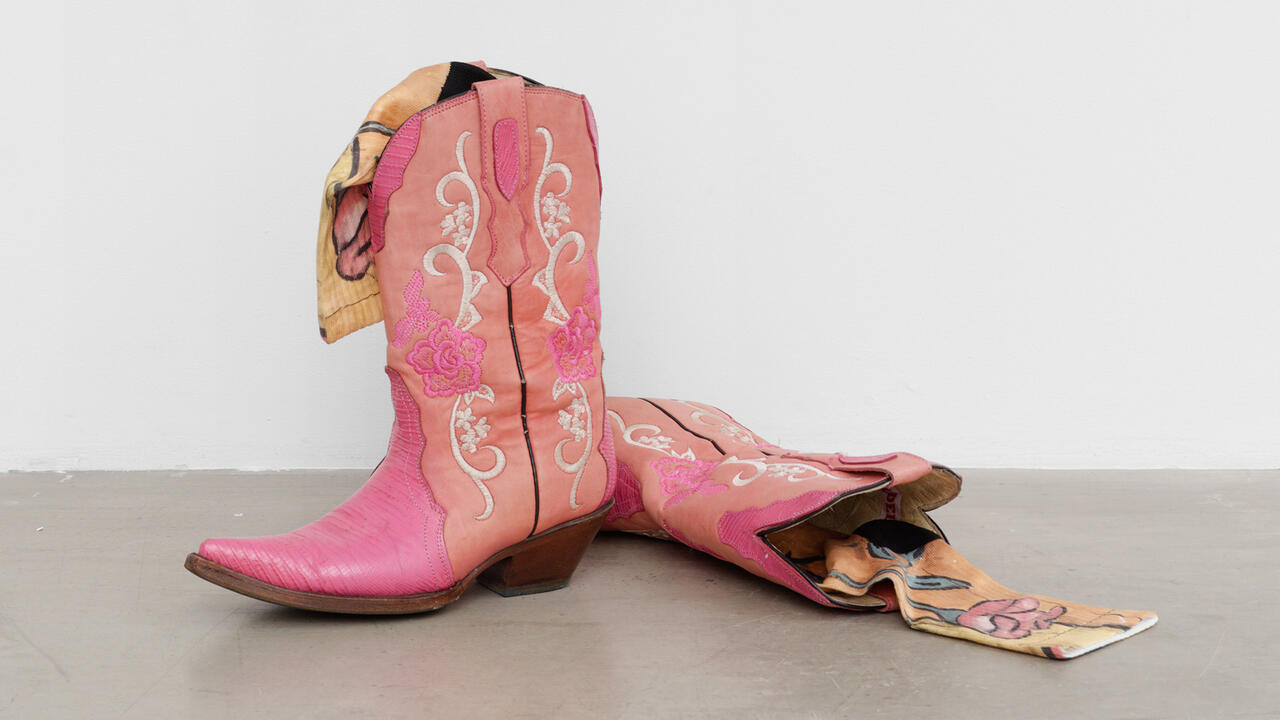The Slippery Politics of the Gilets Jaunes’ Hi-Vis Jackets
Why the yellow high-visibility vest is a paradoxical symbol for the protest movement roiling France
Why the yellow high-visibility vest is a paradoxical symbol for the protest movement roiling France

For the past month, France has been rocked by protests organized by a new, decentralized movement called the ‘gilets jaunes’ (the yellow vests). Last week these protests culminated in a spasm of violence in central Paris, bringing the gilets jaunes to international attention. Demonstrators have called for further protests in Paris this weekend.
But even within France, the precise motivations and identity of the movement have been a matter of considerable debate. Coordinated through loosely connected local Facebook groups, the movement lacks a central leadership that would permit easy pigeonholing, to the palpable annoyance of impatient commentators in the English press. The movement seems certain to outlive its initial trigger, a new fuel tax, which has now been scrapped. Its more general slogan, ‘Macron démission!’, or ‘Macron resign!’, could come from right, left or centre, as the French president has a current approval rating of about 26 percent. I can’t claim any special knowledge of the protesters, but I do know a little about their emblem, the yellow high-visibility vest – better known in the UK as ‘hi-vis’.
On a fundamental level, the movement’s adoption of hi-vis is simply pragmatic. It began as a protest against fuel taxes, so its earliest actions involved blocking roads, protesting alongside them – not a new tactic in France, or in Britain for that matter – which naturally pointed to hi-vis, with branding surely a secondary consideration to safety. (French motorists are obliged to carry hi-vis vests for themselves and all the passengers in their car.) Its adoption as the identifying symbol of the whole movement might be no more than memetic rush. But that doesn’t mean it can be dismissed as random or happenstance. Memes have meaning, often more so than the exsanguinated clichés of politicians and political commentators. Hi-vis is freighted with symbolic meaning, often (like the aims of the gilets jaunes) obscure and slippery meaning.

There is a long-established link between protest and hi-vis. The two have been connected in my mind since I watched news footage of hi-vised security contractors brutalizing protesters at Twyford Down and Newbury during the UK’s anti-roads protests of the early to mid-1990s. Then the hi-vis seemed to be what unified the police, the private security thugs doing the dirty work, and the contractors building the road. Today, the ‘crusties’ would be wearing hi-vis as well. Hi-vis literally accompanies every protest march, worn by stewards and organizers (and of course the police). And it has become essential to more dangerous forms of direct action, where visibility means life or death: it was worn by the climate-change activists who attempted to halt coal trains headed for Yorkshire’s Drax power station in 2008, and the peace activist Rachel Corrie, crushed to death in the Gaza strip by an Israeli army bulldozer in 2003.
Direct action and activism also connects to the much-remarked paradox whereby a garment that confers visibility also causes a kind of invisibility. Wear hi-vis and people tend to dismiss you with a glance, a trick I learned from an activist photographer, and one also popular with criminals. But there’s more to it than that, as I wrote in a piece for Saturated Space in 2014 – a series of contradictions that have grown more and more acute as hi-vis has become more ubiquitous.

About six years ago, I became interested in a flourishing kind of political photoshoot. A couple of senior Conservative Party figures, in particular then-Chancellor George Osborne and then-Mayor of London Boris Johnson, appeared inordinately fond of wearing hi-vis vests. Often this was to visit the scene of large infrastructure projects, such as Crossrail, where hi-vis had wholesome overtones of constructing, investing, mucking in, Getting Things Done.
Politicians have long enjoyed that sort of publicity, but it seemed to me that the icon of that sort of visit was shifting from the hard hat and the shiny shovel to the yellow vest itself. This joined up with another kind of political visit: to warehouses, manufacturers and other workplaces. Hi-vis wasn't just symbolizing construction, but work in general – everyday, more physical work, on the road, at the distribution hubs, in factories and food processing plants. The subtext became text in a 2013 image of Osborne addressing an audience of faceless, hi-vised workers in a warehouse, flanked by banners saying ‘For Hardworking People’. More than a symbol of work, hi-vis had become – or was being made – a symbol of the (hard-)working class.
But it wasn’t quite that simple, as matters of class rarely are. Right-wing commentators mocked Osborne for wearing hi-vis, with the Daily Mail’s Richard Littlejohn saying that had he been ‘daft enough’ to wear it during his speech, he would have looked like ‘a dustman’. Hatred of workplace safety often conceals a hatred of working people. For hard-right commentators such as Littlejohn and Rod Liddle, and the newspapers that employ them, hi-viz was deeply confusing material. They plainly regarded it as demeaning, which is why it became a favoured humiliation for young offenders. But they also associated it with petty officialdom, such as police community support officers and council employees. Hi-vis is ‘a symbol of spurious authority’, Liddle said in 2011: people are more likely to do what you say if you’re wearing a hi-vis vest. But at the same time, commentators deplored the police’s move into hi-vis as making them look ridiculous. Hi-vis puffed up the wearer, but also dragged them down. Clearly some sort of levelling effect was in play, and the crude elitism and class hatreds of the right-wing boors expressed more subtle anxieties about work and status in the 21st century.

Now it has become the symbol of a movement – but what kind of movement? The gilets jaunes protesters have been variously portrayed as an authentic grassroots uprising against a neoliberal president raising living costs while cutting taxes for the rich, and as more comfortable petite bourgeoisie motorists and suburbanites infuriated at a levy meant to reduce carbon emissions. In truth, while it remains protean and growing – polls suggest that two-thirds of the French public support the protests – the movement could include both. Here the slipperiness of the yellow vest is a useful tactic. It can encompass those for whom hi-vis is day-to-day workwear, and those who wish to be identified with them, either for reasons of solidarity, or because it conveys solidity and authenticity.
Hi-vis could then be considered not just a symbol of work and the working person, but specifically of 21st-century work. That is to say, as well as being a symbol of dangerous and demanding work, it is also a symbol of precarious work, and of work that no longer pays enough to guarantee basic living standards. But in the contorted logic of hard-right commentators, hi-vis may camouflage a more dangerous concern. For the disgruntled lower-middle-classes, a couple of rungs ‘above’ the casualized warehouse worker or minimum-wage litter picker, hi-vis is woven with the thread of abjection. As an expression of solidarity, it can contain the unmistakable undertone of fear. They see their status slipping, into precarity, down to the hi-vis level. Precarity and declining living standards are reasonable grievances, and can be turned towards positive change. Let’s hope they are, because status-bruised lower middle classes are the natural constituency of the far right. Look, see, and be warned.
Main image: A gilets jaunes protester, December 2018. Courtesy: Getty Images, Anadolu Agency; photograph Mustafa Yalcin





















